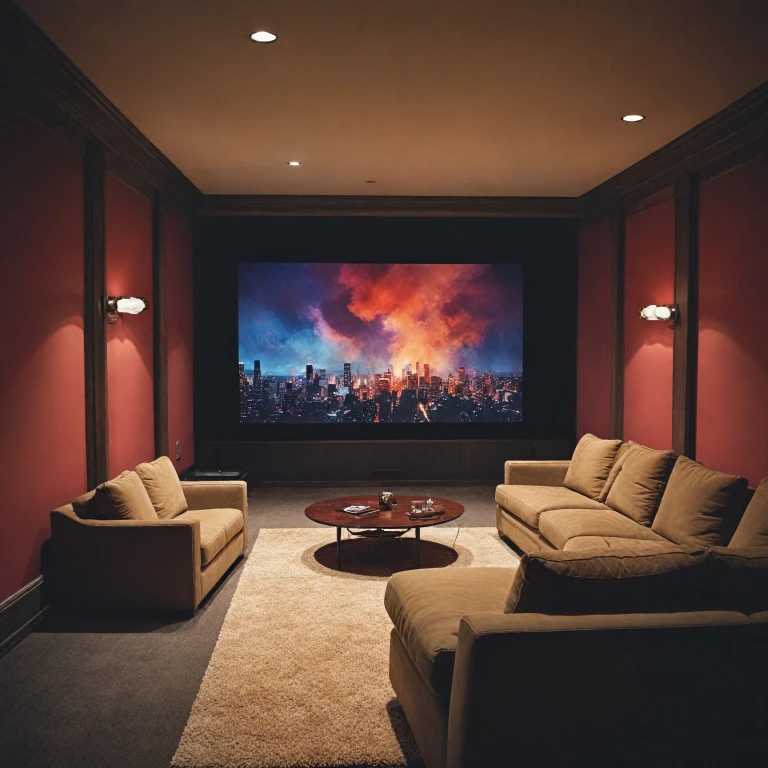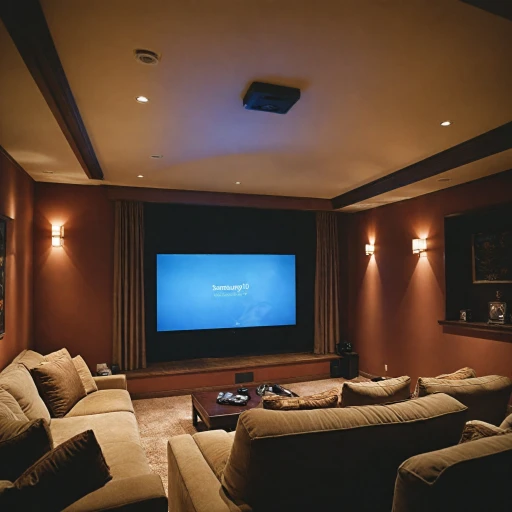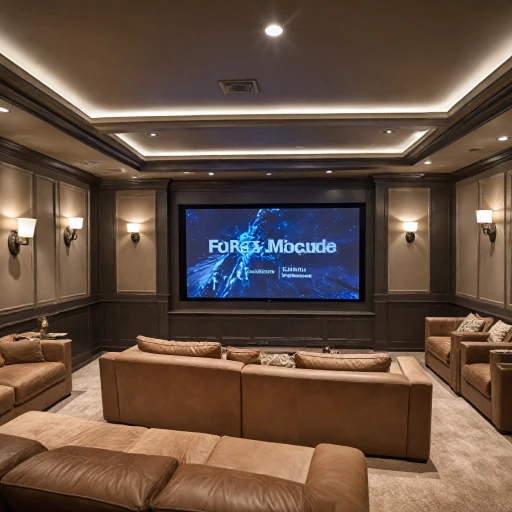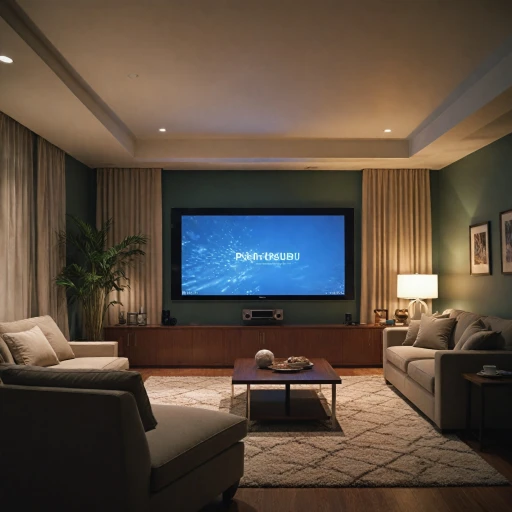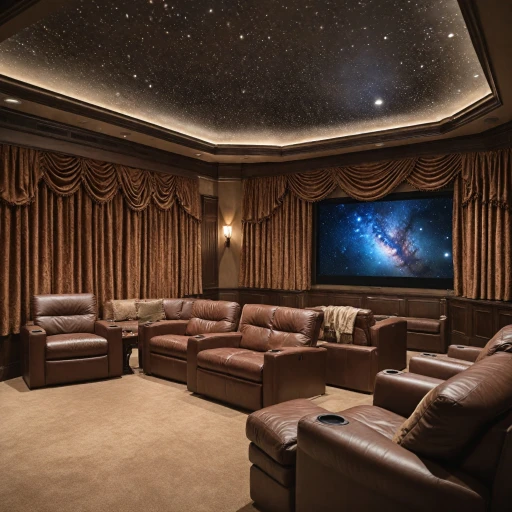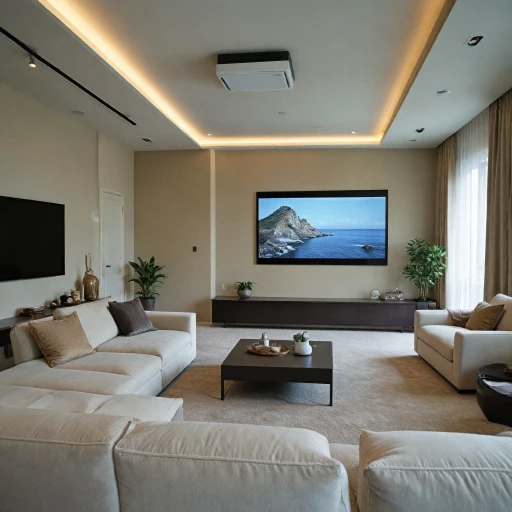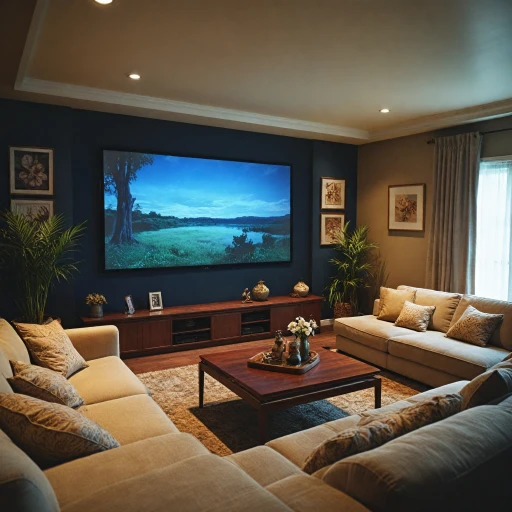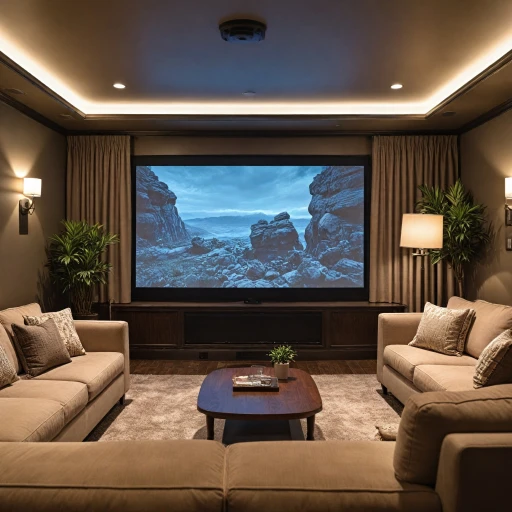Defining Interpolated Screen Rate
Understanding the Concept of Interpolated Screen Rate
In the world of home theater projectors, interpolated screen rate is a term that's gaining traction. But what exactly does it mean? Simply put, interpolated screen rate refers to a method where additional frames are generated and inserted into a video. This technique, known as frame interpolation, helps to smooth out the motion in videos, resulting in what many describe as the 'soap opera' effect. Unlike native screen rate, which is based on the original fps (frames per second) of the content, the interpolated rate introduces extra frames to enhance the viewing experience. For instance, a blu-ray movie with a native rate of 24 fps might display at a higher refresh rate on a projector with frame interpolation technology. While this high refresh rate can be appealing, not all projectors handle interpolation equally. Brands like Epson have been at the forefront, providing projector models that effectively reduce motion blur and deliver clearer images with reduced flicker. The challenge, however, is that interpolation can sometimes lead to an unnatural portrayal of motion. This is due to the project's inability to perfectly predict the frames, often resulting in minor jitter or the aforementioned soap opera effect. Considering that seamless video display is crucial for an immersive experience, acknowledging the nuances of the interpolated screen rate is essential. As the debate between native and interpolated screen rates continues, users should consider both the benefits and potential drawbacks when selecting their projector. To further delve into the right cinema screen fabric for optimized projection, exploring screen materials can also complement the overall home theater setup.How Interpolated Screen Rate Affects Image Quality
Influence of Interpolated Screen Rate on Visual Experience
Understanding how interpolated screen rate influences image quality is essential for projection enthusiasts seeking to enhance their home theater experience. When projectors implement motion interpolation technology, additional interpolated frames are created between the actual frames, smoothing out fast-moving scenes. Motion interpolation can be particularly beneficial for action-packed sequences or rapid scene transitions often found in high fps video content. It can significantly reduce motion blur, providing a clearer viewing angle and making the image appear closer to its original theatrical version.- Frame and Motion Dynamics: By generating interpolated frames, the projector achieves a fluid motion representation. This reduction in motion blur enhances clarity, especially in high-speed action sequences.
- Image Clarity: The clearer picture, devoid of motion artifacts, allows for a more immersive viewing experience, connecting the viewer more effectively with the content.
- Visual Consistency: Using interpolation, projectors achieve a consistent display motion that maintains high image quality across varying frame rates, ideal for films shot in formats that exceed standard refresh rates.
- Blu-Ray and Gaming Benefits: For aficionados of Blu-Ray collections and gamers, interpolation offers a tangible improvement in high-refresh-rate scenes, aiding those who appreciate fluid motion without the soap opera effect.
Comparing Interpolated Screen Rate with Native Screen Rate
Exploring Native Screen Rate Versus Interpolated Rate
Understanding the nuances between native screen rate and interpolated screen rate is essential for optimizing your home theater projector experience. The native screen rate refers to the original frame rate at which the video content was produced. For instance, movies often come with 24 frames per second (fps), while live broadcasts might use 30 or even 60 fps. Motion interpolation, or frame interpolation, is the process that enhances this frame rate by adding interpolated frames in between the original ones. This is where the interpolated screen rate comes into play. For a clearer picture of these differences, it’s essential to consider how each impacts the video projection experience:- Motion Handling: Native screen rate provides a more cinematic experience, preserving the original motion blur intended by filmmakers. On the other hand, with frame interpolation, the image can appear smoother, reducing motion blur and creating what many refer to as the "soap opera effect."
- Frame Rates and Refresh Rates: While native frame rates focus on maintaining authenticity, interpolated rates afford a high refresh rate, often exceeding 120Hz. This can be highly beneficial for sports and fast-action content, where each moment matters.
- Display Technology: Projectors from manufacturers such as Epson leverage this technology to enhance display motion, using light and projection techniques to create a clearer image.
- Gaming and Input Lag: For gamers, the decision between native and interpolated rates is critical. Higher refresh rates can reduce input lag, which is vital for a responsive gaming experience.
Choosing the Right Projector with Optimal Screen Rate
Selecting the Ideal Projector Based on Screen Rate
Choosing the right projector with the optimal screen rate involves considering various factors that impact your overall viewing experience. The technological advancements in frame interpolation have significantly improved how motion appears, reducing motion blur and enhancing the clarity of fast-paced sequences. It's crucial to understand how this will affect your specific setup. Before making a decision, consider the following aspects:- Usage Needs: Depending on whether you're planning to watch high-action movies or casual TV shows, the required frame rate and motion interpolation levels will vary. More demanding applications, such as gaming on a high-refresh rate display, may necessitate a projector that supports higher refresh rates and advanced motion interpolation.
- Frame Rate and Motion Interpolation: Different projectors interpolate screens at varying rates, thus affecting how smooth the motion in videos is displayed. Opt for projectors with customizable interpolation settings if you require flexibility based on content types.
- Resolution Compatibility: Ensure the projector’s frame rates align with the resolution you are planning to use. For a seamless viewing experience, the projector needs to sync appropriately with 1080p, 4K, or other standards, reducing unnecessary motion blur.
- Light and Viewing Environment: The amount of ambient light and the size of your viewing room can influence the choice of projector. Consider projectors from trusted brands that offer appropriate brightness levels and Ultra Short Throw (UST) capabilities if space is a concern. Review brands like Epson, known for their reliable projection technology.
- Budget and Long-Term Considerations: While premium projectors might offer the highest frame rates and advanced motion interpolation features, consider how these fit within your budget and long-term viewing preferences. A thorough projector review can help you weigh choices and decide if investing in higher-end technology is worthwhile for your needs.
Common Misconceptions About Interpolated Screen Rate
Unveiling the Myths
Understanding the intricacies of interpolated screen rate can be a daunting task, given the various misconceptions floating around. One prevalent myth is that interpolation is always necessary for a smoother viewing experience. While introducing interpolated frames may indeed reduce motion blur in fast-paced scenes and enhance screen refresh rates, it does not always equate to better image quality. Each projector's capability to handle frame interpolation varies, meaning the benefit can differ significantly between video projectors. Another common misunderstanding is equating interpolated screen rate with the soap opera effect, where motion interpolation gives a film-like projection a more fluid and sometimes unnatural appearance. Although it's true that certain settings on high interpolation rates can introduce this effect, not all viewers find it distracting. Preferences for motion and image perception are subject to individual taste and the type of fps video being displayed. Some also believe that higher frame rates automatically mean a better projector display. In reality, the capability of the projector technology to handle high frame rates without increasing input lag is what really matters. Manufacturers like Epson provide details in their projector reviews, highlighting the combination of optimal refresh rate and motion interpolation capabilities to maintain the integrity of the image and light projection over time. Ultimately, the suitability of interpolated screen rate heavily depends on the specific needs of the viewer and the type of content being projected, whether it’s Blu Ray movies or ultra short throw projectors paired with Dolby Atmos sound. Educated decisions on screen projection should consider not only common myths but also personal viewing angles and preferences.Future Trends in Projector Screen Rate Technology
The Evolution of Screen Rate Technology in Projection
The world of projectors is constantly evolving, with refresh rate technologies being an area of particular interest. The progression involves advancements in frame interpolation, which improves the smoothness of motion, resulting in a high-quality viewing experience. This is increasingly important when displaying fast-paced content like action films or live sports.
One of the main benefits of these advancements is the reduction of motion blur—a factor critical for enhancing video quality. This is achieved through the use of improved frame rates and motion interpolation techniques, making fast-moving scenes clearer and less jarring. As technologies evolve, projectors will incorporate even higher refresh rates, allowing for seamless projection of high-fps video content.
Furthermore, the advent of ultra short throw projectors caters to this need for enhanced display capabilities, while maintaining crisp image quality even in restricted locales. Brands such as Epson have been at the forefront, pioneering solutions that effectively balance high refresh rates with minimal input lag, which is crucial for gaming and high-speed action viewing.
In the future, we can expect continued innovation in both native and interpolated frames, enabling projectors to handle a broader range of content more efficiently. This will likely include further advancements in frame reduction and soap opera effect mitigation, providing a more natural viewing experience.
Overall, the technology around projection screens and frame rates is set to advance significantly, will players in the industry pushing the boundaries of what projectors can achieve, cementing them as essential components in the ultimate home theater experience.
